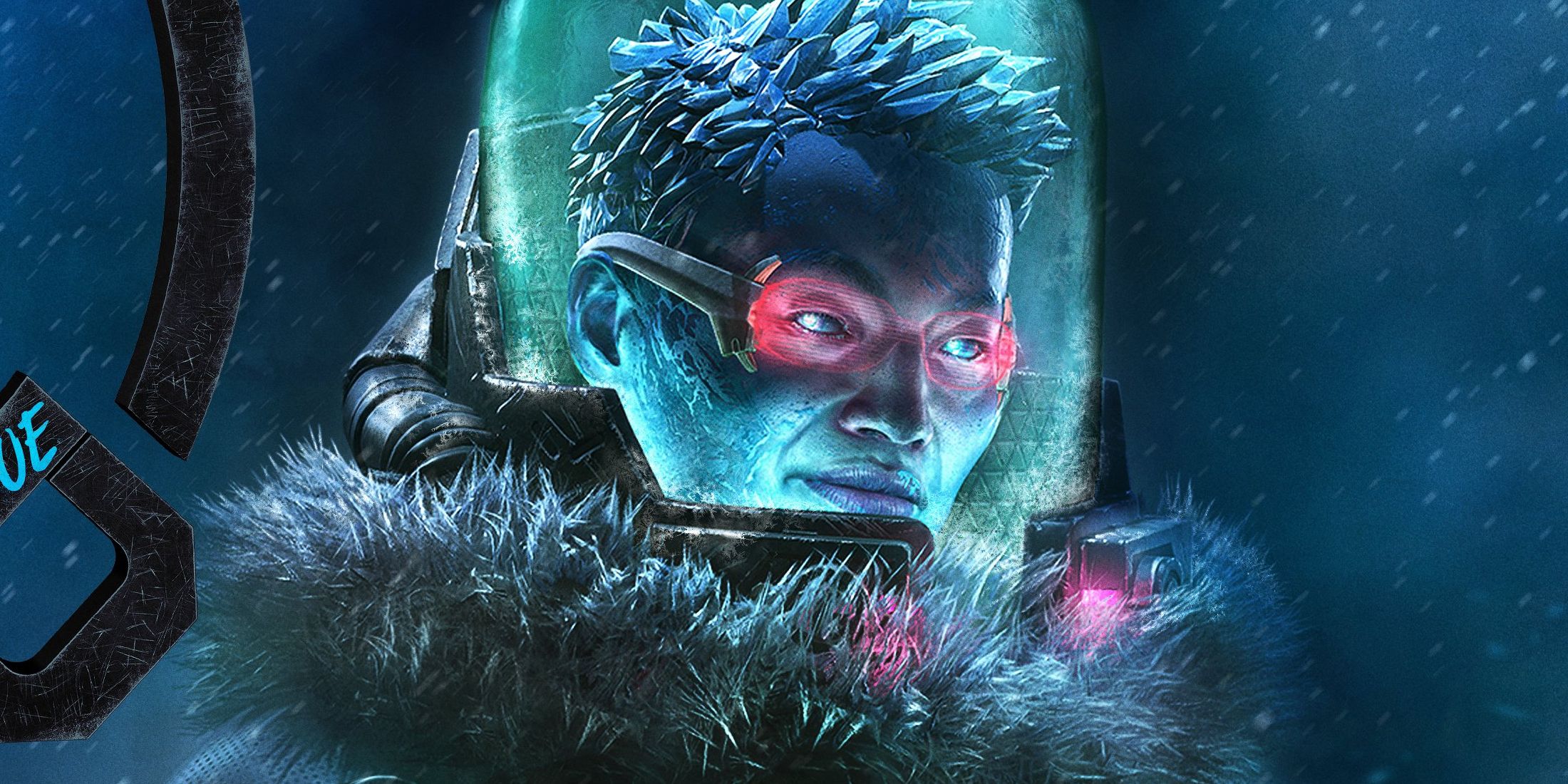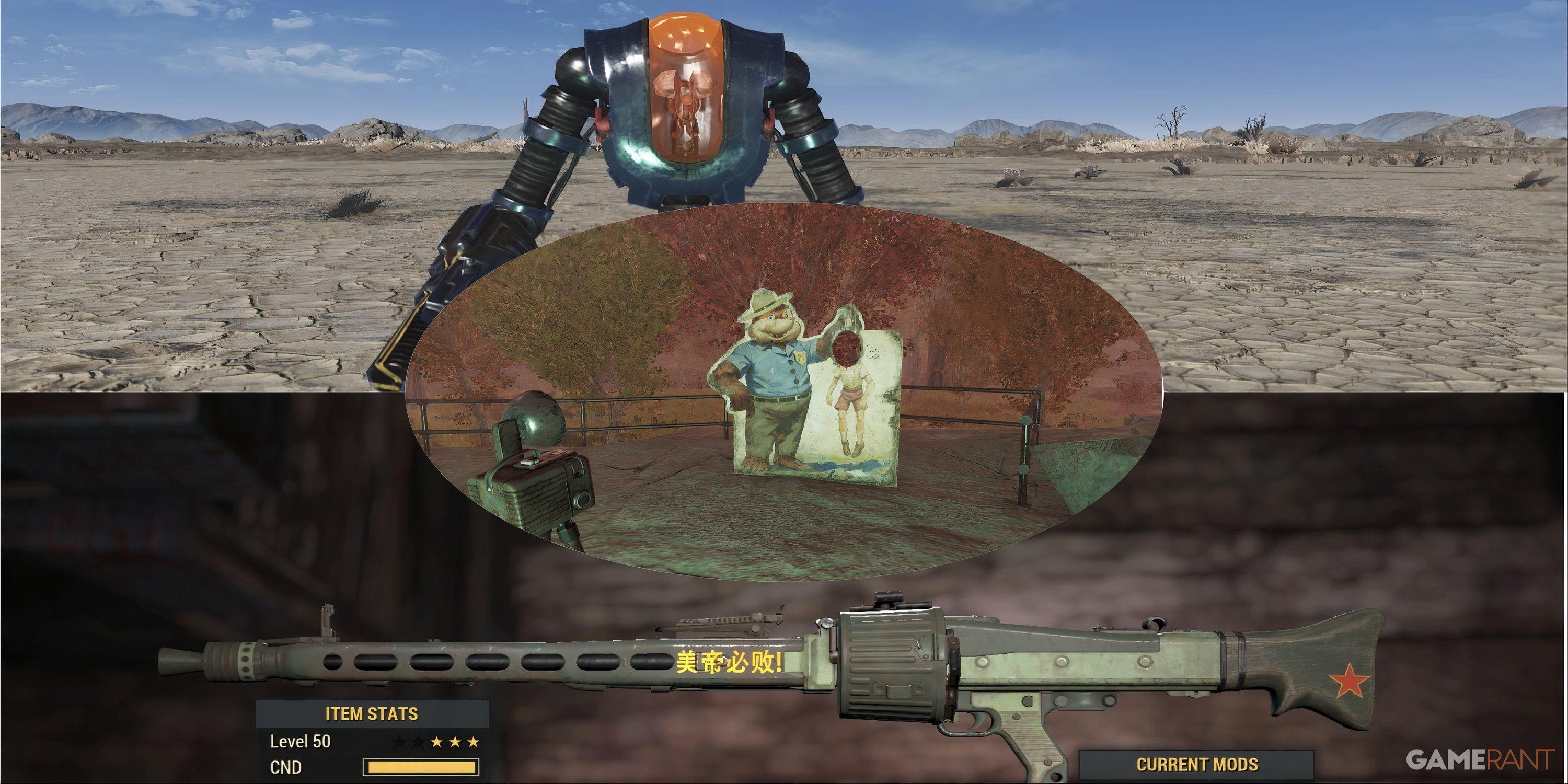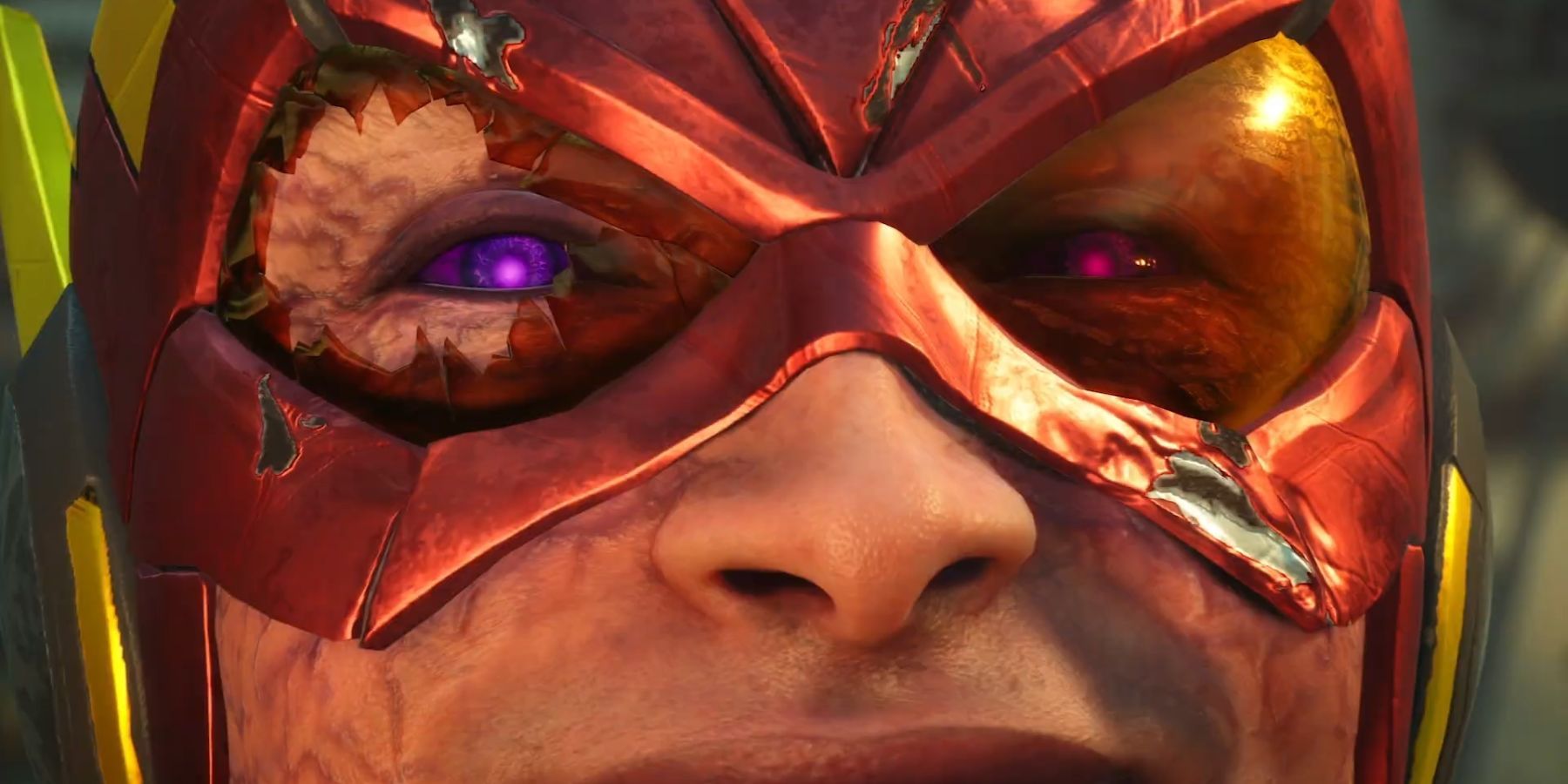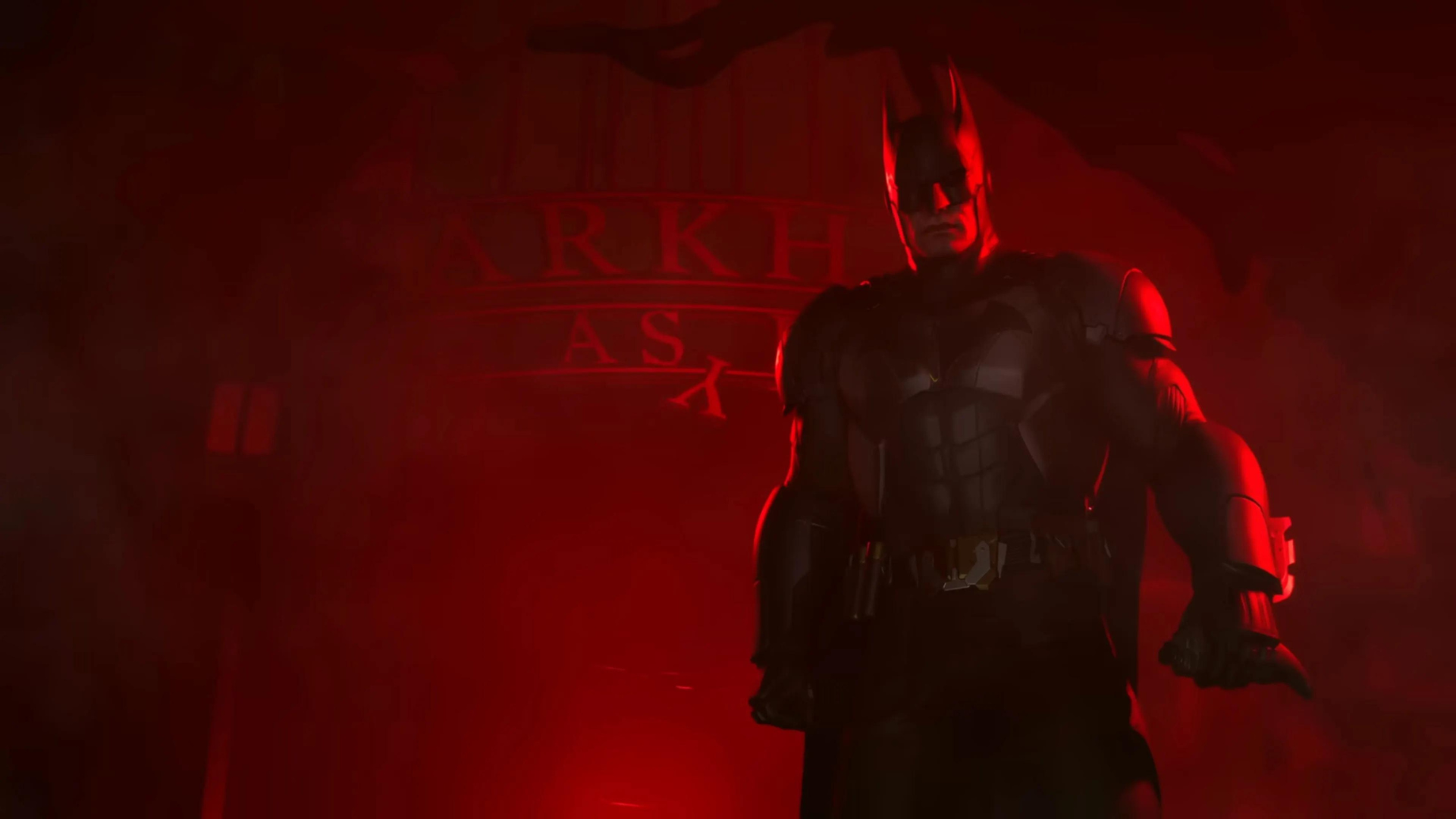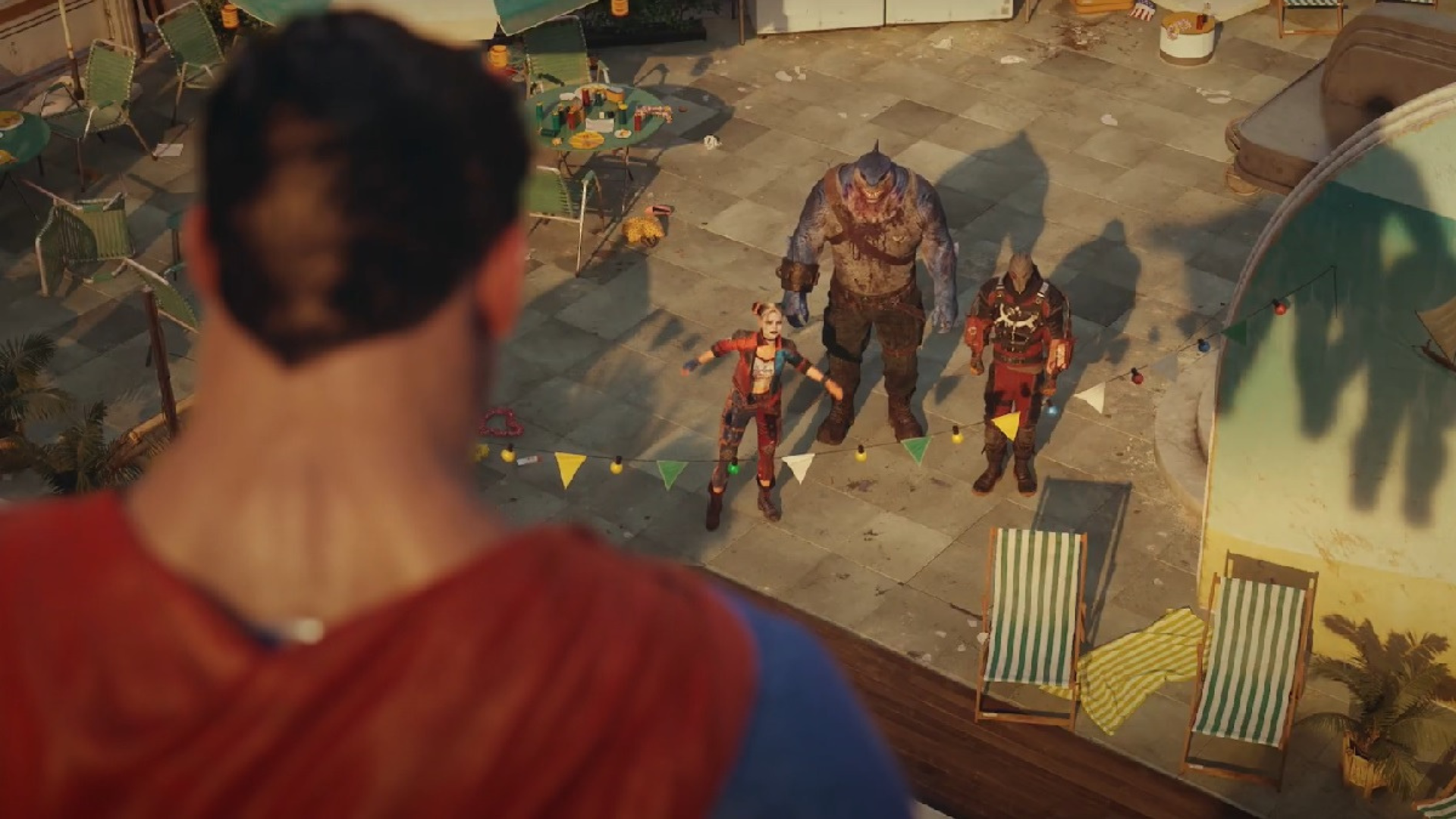Task Force X has changed its roster drastically since its comic book inception, and its most recent iterations in movie adaptations have been wildly divisive as to their starkly opposite characters and tones. The general consensus is that James Gunn’s The Suicide Squad is better than David Ayer’s Suicide Squad since it takes a more comedic and emotional approach than an edgy and uninventive approach. It would now also seem as if Rocksteady’s Suicide Squad: Kill the Justice League has taken inspiration from Gunn’s iteration.
However, Task Force X still is not the most interesting part of the game—its titular Justice League is. This is likely going to help Kill the Justice League regardless since fans might be curious to see how a Justice League is depicted by Rocksteady after all the time it spent world-building its Arkhamverse franchise. Indeed, Kill the Justice League has a lot of questions that need answering, such as how Batman is back already as a public superhero or how the Justice League is even around at all with only a five-year gap between Kill the Justice League and Batman: Arkham Knight.
Suicide Squad: Kill the Justice League Has a Lot of Explaining to Do
References to miscellaneous DC lore are apparent in Rocksteady’s Batman games, but because they were always meant to be purely standalone titles it made sense for characters like Green Lantern, Flash, or Wonder Woman to be unaccounted for. Rocksteady has never needed to garner inauthentic excitement for its games in this way because Batman was always portrayed so well.
The Justice League’s absence in previous games, unfortunately, raises questions now as to where these characters were and why they were unable to help Batman when Gotham City was in peril throughout the entire Arkhamverse tetralogy. Batman: Arkham City’s eponymous compound infrastructure seems like something that any one of the Justice League members should have stepped up to confront and reject, and the argument that superheroes are bound to their regional jurisdictions is too tired and convenient to explain that away.
Superman and Lex Luthor are referenced in Batman: Arkham Knight, for example, and it would have been all too easy for Superman to aid Batman while Scarecrow flooded Gotham’s island districts with fear toxin. This suggests that Rocksteady never figured it would need to world-build enough to actually pinpoint where each League member was during these games.
Kill the Justice League is an Odd Way to Introduce the Superhero Team
Maybe the League has always been popular in Metropolis in the Arkham lore, but it is also possible that these characters could have been independent before the events of Suicide Squad: Kill the Justice League. This would at least help to explain why Batman was not directly helped in Gotham or asked to help with some intergalactic threat elsewhere.
Rather, it would then seem strange that Batman is suddenly a member of the Justice League and in Metropolis, especially after attempting to publicly declare himself dead after the events of Batman: Arkham Knight. This may be explained away as Batman having relocated to Metropolis with Tim Drake’s Robin, Barbara Gordon’s Oracle, and potentially Jason Todd’s Red Hood defending Gotham.
Regardless, the first time Arkhamverse fans will see its Justice League will unceremoniously be when trying to kill them as Task Force X, which is an alarming transition that absolutely demands answers in whatever narrative direction Rocksteady has decided upon. It will be even more interesting, then, if the League truly is murdered within its first Arkhamverse introduction.
Suicide Squad: Kill the Justice League is in development for PC, PS5, and Xbox Series X/S.

